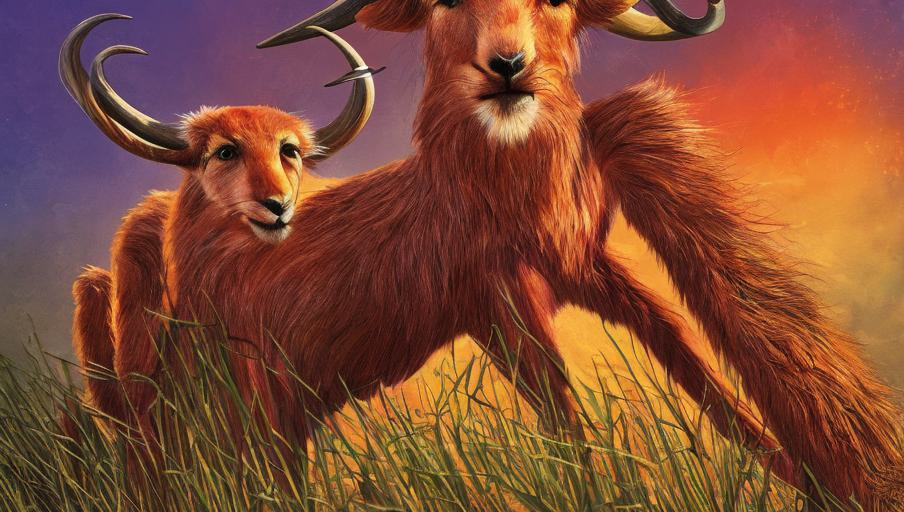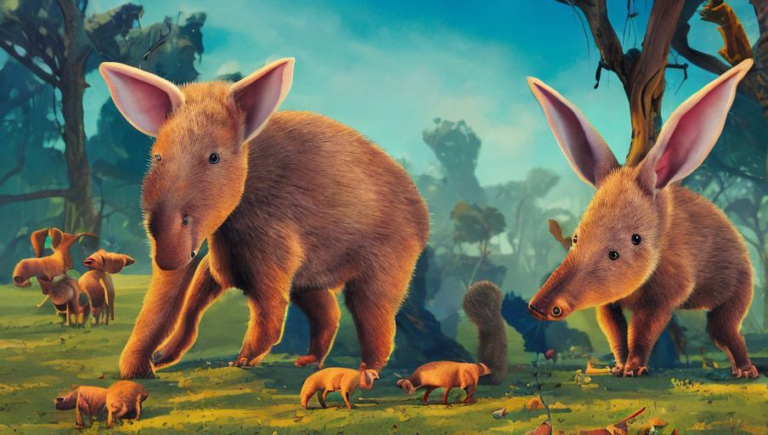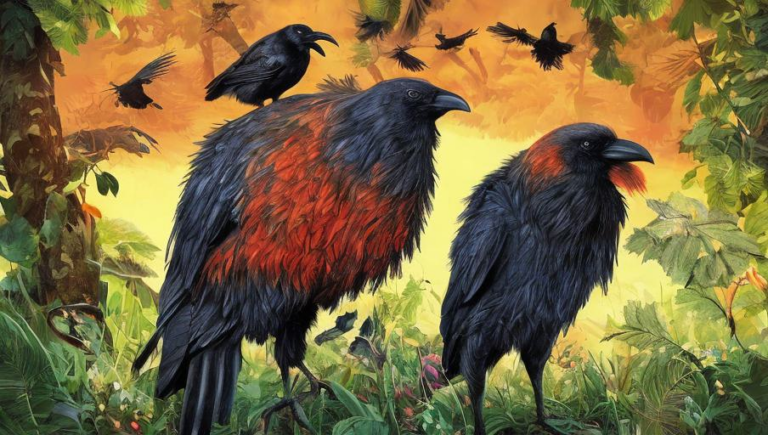Feeding Habits of the Antelope

The Antelope’s Unique Feeding Habits
The antelope is an animal species found in many parts of the world, including Africa, Asia, and Europe. They are herbivores, meaning they mainly feed on grass and plants. Despite this, their diets can vary depending on the season and the type of antelope. Some species of antelope will even supplement their diet with insects and small mammals when the opportunity arises.
Grazing Behavior
One of the most common behaviors of antelope is grazing, which is when they eat grass, leaves, and other vegetation. Grazing is best done in the morning and late afternoon, as the sun is not as strong during these times. This helps the antelope avoid the heat of the day and the potential of getting overheated. In addition to this, antelope will also switch up the types of vegetation they consume in order to get the most nutrients.
Migration and Feeding Habits
Due to seasonal changes, antelope may migrate to different parts of the world in order to find the best food sources. For example, some species of antelope may migrate to areas with more rainfall in order to get access to richer vegetation. During the dry season, antelope often have to rely on woody vegetation, such as shrubs and bushes, as their primary food source.
Adapting to New Environments
In addition to migrating, some species of antelope are also capable of adapting to their environment. For example, some species of antelope have been known to consume food sources that are not typically found in their natural habitat. This includes fruits, seeds, and even nuts. This is beneficial for the antelope, as it allows them to find more food sources and better survive in their environment.
The Importance of Conservation
The antelope’s unique feeding habits are just one of the reasons why conservation is so important. Without proper conservation efforts, antelope may have to rely on food sources that are not as nutritious or plentiful. It is also important to note that the antelope’s grazing habits can have a major impact on their environment, as they are known to overgraze certain areas. Therefore, it is important to ensure that antelope populations are managed properly in order to protect the environment they live in.
Conclusion
The antelope has unique feeding habits that are essential to its survival. They are capable of adapting to their environment in order to find more food sources and better survive. Conservation efforts are important in order to protect the antelope and their environment. By understanding the antelope’s feeding habits, we can better protect this amazing species and ensure their continued survival.





